
Let’s Get Pedantic: What Exactly is the Regency Period?
We see the term “Regency period” bandied about a lot, and it brings to mind all things Jane Austen, Bridgerton, balls, and the height of colonialism. We think of high-waisted gowns, flowing pashminas from India, muslin, straw bonnets, strapping lads in English military uniforms, and of course, sweeping manor houses up on hills.
In truth, the Regency refers to the short nine year span between the end of the reign of George III of England and the full coronation of his son George IV (as George III was too ill to rule so George IV was therefore Prince Regent). George IV was king in all but name, and technically king the moment George III finally died. But that’s a lot of aesthetic for a small time period, even if it is a little murky.
And let’s be real here. There was a whole world outside Great Britain living and existing, sharing in fashion and culture, that had nothing to do with their monarchy. And yet in good, imperialist fun, we still refer to the period as Regency. Even if it’s technically just the English Regency and specifically just those nine years.
The Long Regency
For this reason, people have started to refer to the extended “Long Regency” as the tail end of the Hanoverian reign–that being the later part of George III’s reign, George IV’s regency and reign, and William IV (caveat: there is much debate and I am not a historian--I’m a historical fantasy novelist, so your mileage may vary). As an English major, however, I’m inclined to see it as an intersection of Romanticism, which lasted from about 1800 to 1850–but not quite an overlap. England, as per usual, was sort of doing its own thing. And going “la la la la la” to everyone else.
Personally, I don’t mind the idea of the Long Regency, but then I see a lot in terms of fashion, which doesn’t have clear lines of differentiation–lots of blurred edges, going back and forth, borrowing and blatant stealing. In terms of the Hanoverians, it does rather reflect the diminishing of their male line and a real shift. Whether I like it or not, Great Britain had a bit of strangle hold on culture. Victoria, of course, was the successor to William IV (who at the time of death had no legitimate children in the eyes of the Crown, but eight otherwise). Victoria was William IV’s niece, and an unlikely heir–yet she ushered in one of the most recognizable ages in Western fashion and culture. So, in my mind, what happened before her qualifies.
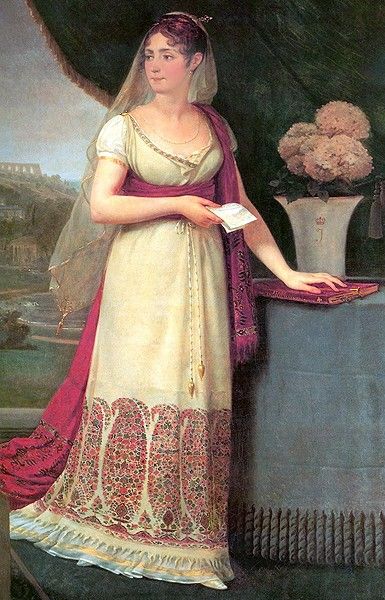
But back to the Regency, long or short. What I find particularly amusing is, if we break down all those aforementioned little recognizable aesthetic bits, it becomes very clear that nearly everything “English” is… well, not. Ironic, I know. But important.
From France to India Rather Swiftly
I’m just going to stick with the Empire waist today, because I do #ThreadTalk separately, and this would be a great series.
We have Empress Josephine of France to thank for popularizing that, and many fashion historians will wax philosophical about the influence of Greco-Roman motifs on the silhouette. And sure, that’s fair. But I suspect it also had to do with the massive influence of Indian culture. We already know how muslin, paisley, pashminas, chintzes, and all the fabrics and prints of the Indian subcontinent made their way back to Britain by way of the truly vile East India Company as the spoils of war. Pashminas, for instance, which began as finery for shahs and lords, became trinkets for wives and lovers.
I mean, look at this jama, from the 18th century (it’s in the V&A). This is the height of late Mughal style. But it also gets Pinterest AI confused and brings up related Regency gowns when you plug it in. I’m not kidding. Even “court” style dress brings up the same results. If an AI can sense appropriation, that’s pretty clear.
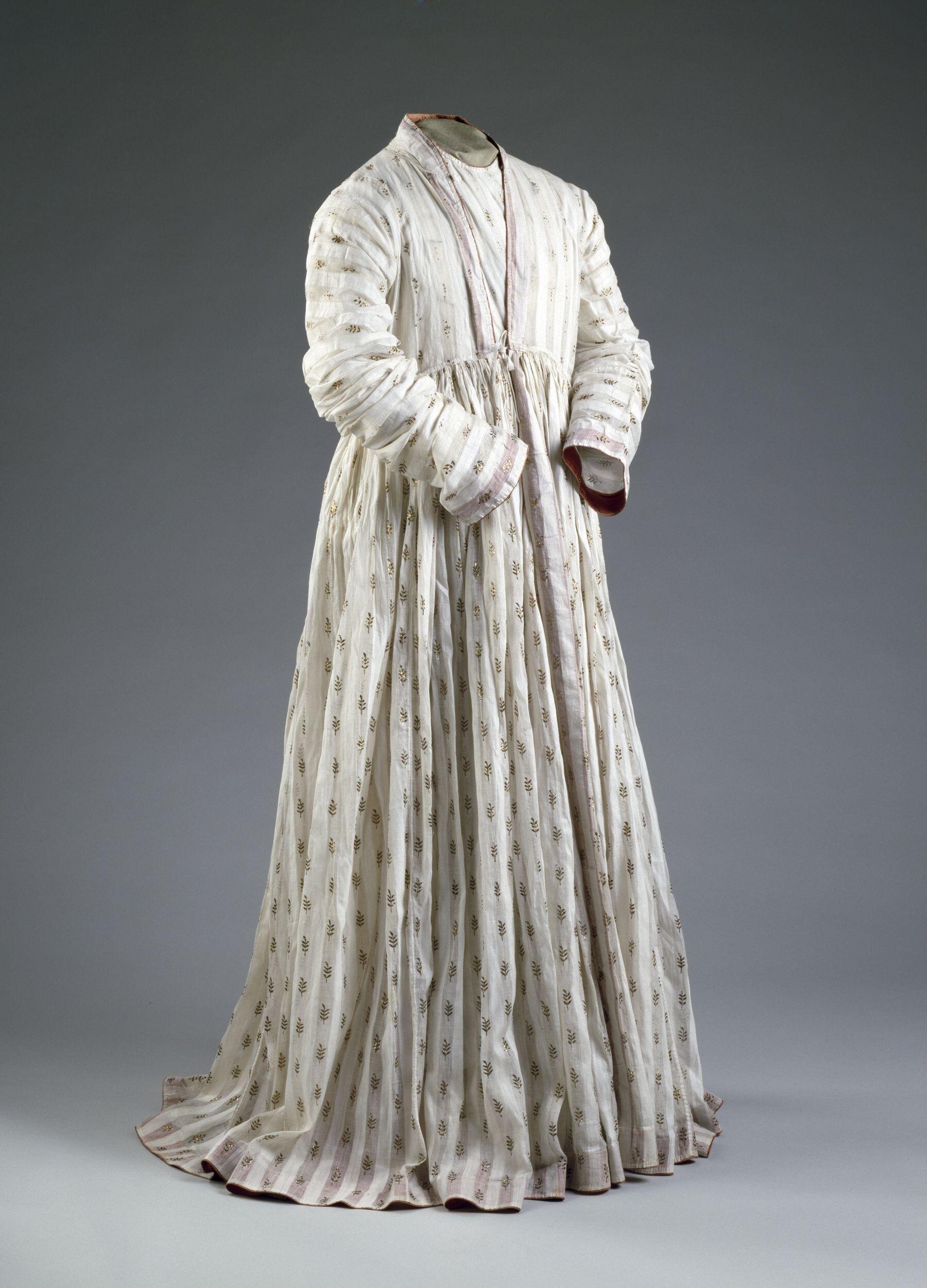
Not only were these same patterns appropriated, the very cut and designs were. And it was very convenient to say, oh, well, these were Greco-Roman. Because that’s just one more feather in the hate of the “well, we own it anyway” attitude of imperialists, am I right?
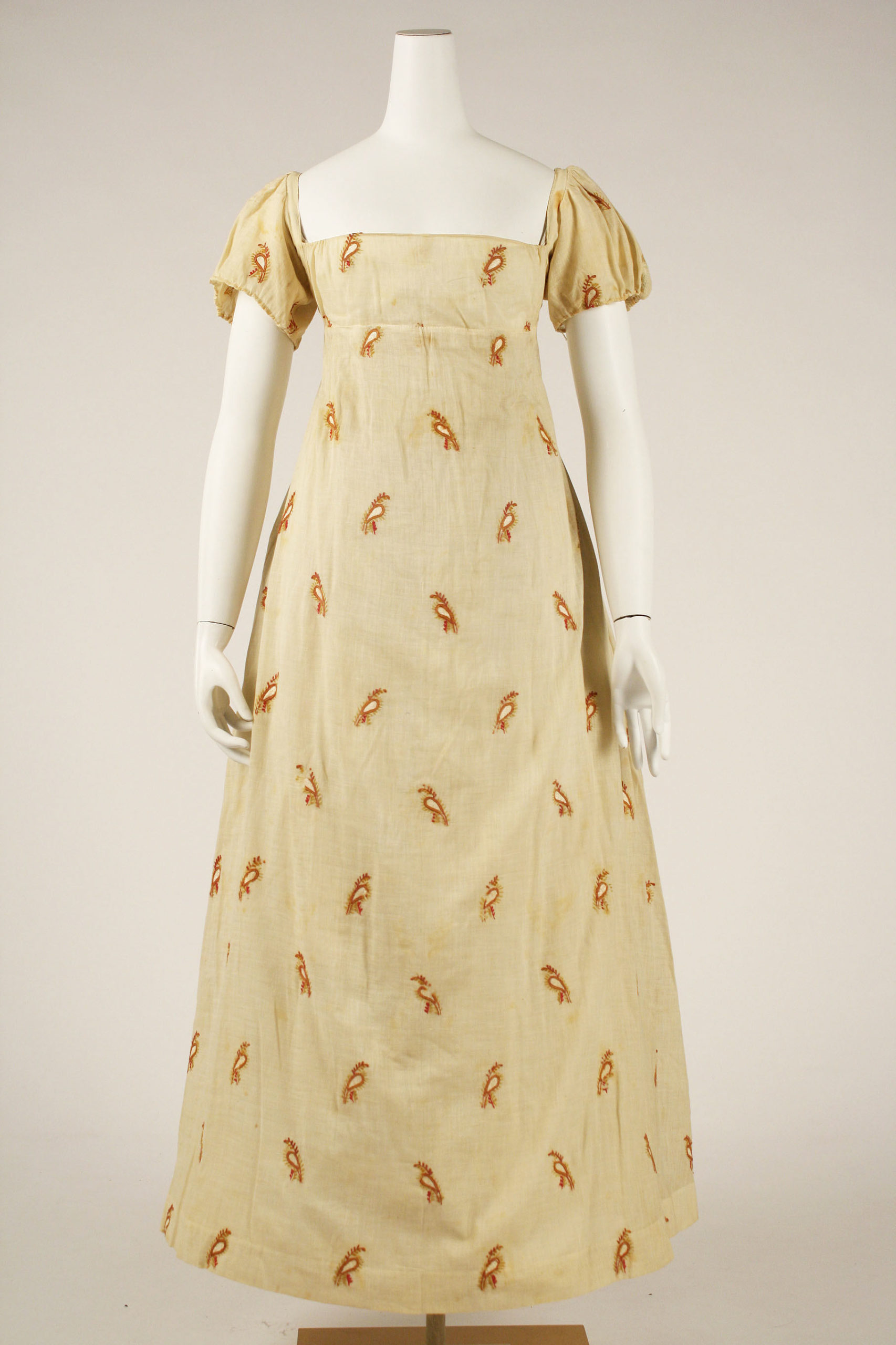
So let’s take a step back. Because delving into the Regency gets really ugly really fast, and I spend a lot of time already looking at it, and yet I still choose to write about it. And I still love Jane Austen stories. It’s a mix of whimsy and an underlying discomfiture–more on that in a moment.
Elements of the Long Regency for Your Consideration
When I set out to write Netherford Hall, I wanted to build a world with the parts of the Long Regency that I loved, but make it feel at home for everyone. I couldn’t get rid of all the bad bits, because it deserves a very good whopping and critique. Couldn’t escape that, and couldn’t live with myself if I didn’t make that effort. It is 1,000% more queer than anything you’ll find in print, and far more racially diverse (think Bridgerton but with a bit more historical depth).
So, as a writer of historical fantasy romance, here are a few things about the Regency that I consider mainstays:
Class clashes. At the center of Jane Austen’s tales, and so many similar narratives, are stories of mismatched families across time: rich and poor, landed and working, noble and disinherited. This theme works across race, religion, ethnicity, and class for modern writers, and it translates quite well in re-interpretations across genres. Friction is important in narrative, and as the Regency was poised at the edge and beginning of the Industrial Revolution, this became more and more of an issue. You see it as a theme in the Romantic Period as a whole (brought to the fore by poets like William Blake, for example). For my part, I added a new class: gentlewitches. Which sounds fun and cool, and certainly is on some level. But they have the same problems as privileged people have throughout all history. Plus magic.
The Natural World: Something I love about especially filmed versions of Regency books is the feelings of outside. Woods, fields, flowers… this sense of nature. Yes, there is often a stuffiness, too, and whenever you set something in England I think that’s probably going to be the case. But the wildness at the edges is so appealing. I think my favorite scenes in Northanger Abbey take place in the woods, for instance, where the natural world is both exciting and a little sexy (see also: Sanditon) and scary. Not to mention in the 90s Pride & Prejudice the scene of Elizabeth just… running. Running! With joy. It’s lovely. This also makes sense with the intersection of the Regency and Romanticism. As a staunch adorer of all things John Keats, and the Romantic poets in general, I find that the Natural world is just… a bit of magic, really. I always make sure to bring in contrasts between human-made and nature in my stories, and Netherford Hall is no exception.
Fabric Culture. You saw that one coming, I’m sure. Textiles were at the beating heart of the Long Regency, for rich and poor alike. What you wore, how you wore it, when you wore it — where you got it from, and who made it — all these informed your status and class. If you follow my #ThreadTalks you know the common theme: Great Britain imported fabrics from India until they figured out how to make them, then they made their own (see: Paisley), treating their own laborers terribly, and started the cycle again–often at the cost of losing the original traditions (see Dhaka muslin). And fads, like chintz, went back and forth between the poor and rich classes, while the elite passed and enforced sumptuary laws to prevent people from wearing certain fabrics. It’s a mess. We really can’t wrap our modern brains around how important fabric was because we are so separated from it. But it really shaped the landscape.
A kind of indolent indulgence. We have the Prince Regent to thank for this. He really was an absolute turd, terrible to his wife and mother, who embodied the spoiled aristocrat down to the letter. He alienated his own people to the point that they adored his estranged wife, Caroline of Brunswick, and practically worshiped their only daughter, Princess Charlotte of Wales, who died in childbirth at 21. Yes, the arts flourished during his reign, but he was a rather wretched frat boy who partied ceaselessly and did whatever he wanted at the cost of the people around him. This stark contrast makes sense: the beauty of the Regency is often undercut with the cost. At the brink of Industrialism, it’s workers–skilled, but generally poor–who build the beauty while the rich glut themselves on it.
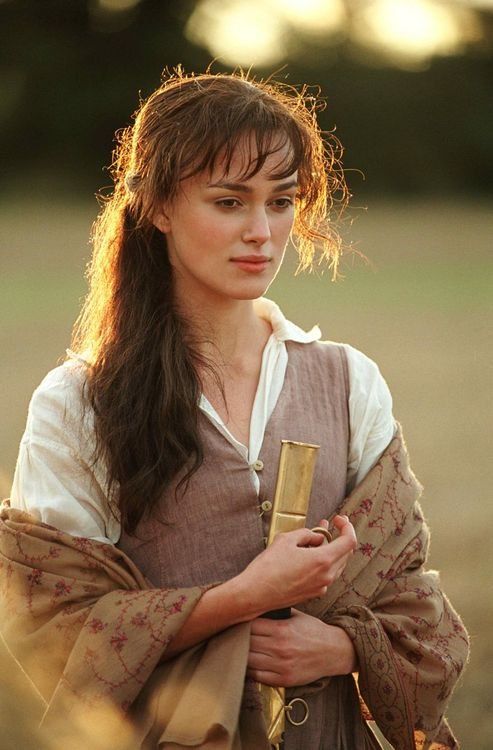
Colonialism and Imperialism. You can’t escape it, and you shouldn’t. The Regency elite lived large on the accomplishments of human garbage piles like Robert Clive, the self-styled Clive of India–who was so merciless in his plundering of the Indian subcontinent that even his contemporaries were like, “whoa, dude, wait… maybe this is taking things too far.” If that name sounds familiar, there are still multiple monuments to him that remain, in spite of his long record of abhorrent behavior. William Dalrymple puts it well, referring to Clive as an “unstable sociopath and racist” in this piece. But that’s the thing… it was known, in Clive’s time, that he was all those things. And they kept on, enjoying the world he had built for them. Forget that millions of people died in the ensuing years in India and the surrounds–the British Empire had pretty fabrics! This is a place where Austen is woefully privileged. For all that she goes on about her favorite clothing in her letters and writing–Mr. Tilney’s muslin education, her admiration for chintz decor–extend into film and stage. For white audiences, it may not be obvious. That there is privilege, my friends.
Female Freedom. A certain amount. An allowable amount. Within the realm of propriety and societal norms. For white women. In the right social classes. Until marriage. I know, that doesn’t sound like a lot. And it isn’t as if women just suddenly up and learned how to read and write and have their own thinky-thoughts, but during this period there was a bit more acceptance–and even fashion was built for more freedom of movement. Austen, of course, is the most notable, but there were other women novelists and writers in the period across the Continent, including George Sands–who got dispensation to dress in menswear, among other things–Ann Radcliffe, the Brontës, Mary Shelley, Letitia Elizabeth Landon, and many more. Many of these women made a living as writers, but also wrote rebellious women characters, satire, or critique. Others became botanists, poets, essayists, and journalists. It is woefully difficult to find their stories, and even harder to find the works of the women of color who were also writing at this time, but I feel as if with each passing year we find more and more unearthed. We’ll never know the true extent, but it’s something.
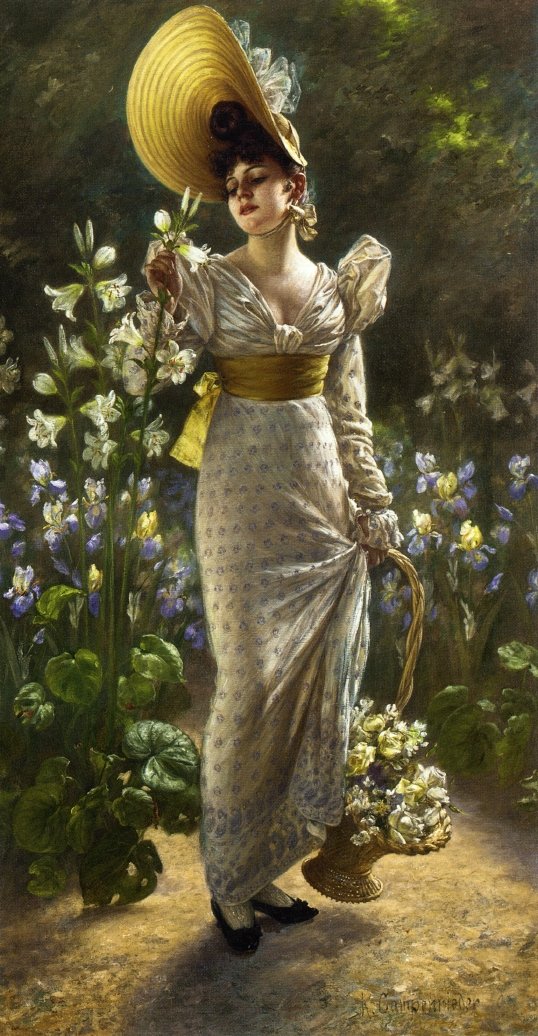
Windows of Time, Unresolved Discomfiture. I call this the Wickham problem, but it’s something you see in a great many Austen plots. Lydia and Wickham are forced to marry at the end of the book to preserve her (and the whole family’s–and by extension Elizabeth and Darcy’s) reputations. It seems a happy resolve, but there is a lingering yuck. Something is wrong in the background. Perhaps it’s the overflow of the Gothic (which, okay, would be another essay in itself). But even happy stories build problems. This often happens in plots where the poor/disinherited woman ends up with the rich/exceptional son of a terrible family. What happens after? Sure, it’s love for the moment… but I have always suspected Austen knew you were going to be left with questions. Not to mention what Elizabeth will have to put up with. Marrying up has consequences. Long-lasting ones.
Wit and Love. Lastly, and probably what has endeared the Long Regency to so many in spite of all its challenges. The repartee. The banter. The cleverness. As much as George IV was a turd, he did have a quick wit. And figures like Byron certainly helped bring this idea to the fore: language is sexy. The slow burn is sexy. Misunderstandings… whew. Let’s get some anger in there, too, and some insults! Austen, and many of her contemporaries, didn’t linger long on descriptions–but they sure did focus on conversations and dialogue, and so much of the characters’ motivations and details are there. One might go so far to say that the Long Regency birthed the romantic comedy (not to be confused with Romance or romance novels).
This is by no means meant to be an exhaustive list, but it hopefully lends a little clarity to you. Whether you believe in a Long Regency or not, perhaps this gives you something to think about next time you see your favorite Austen marathon on PBS, or the latest Bollywood adaptation.




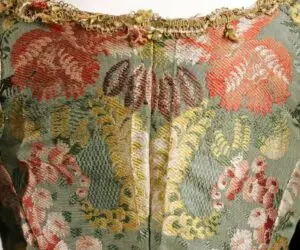
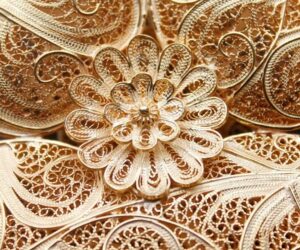
2 Comments
Joyce Reynolds-Ward
Yeah. The marriage bit–I’ve been rereading Anthony Trollope’s Palliser novels. Which…when they aren’t all about parliamentary politics, are *definitely* about the politics of marriage. Hoo boy, are they ever. Taking a break before I revisit Barsetshire.
Natania Barron
It’s scary what marriage meant for a woman, and what she gave up. And no surprise some chose spinsterhood. Not to mention what men thought they were “owed.”